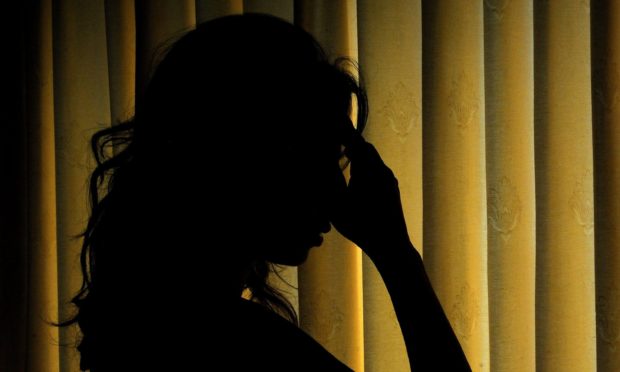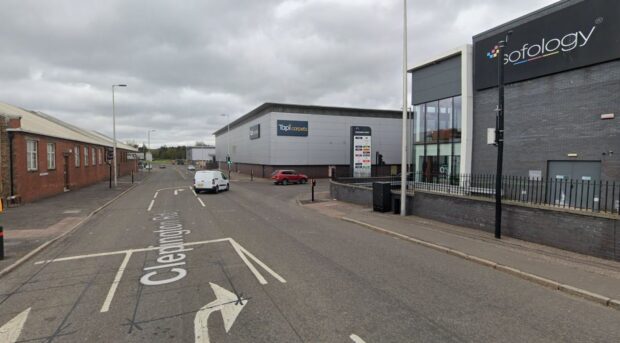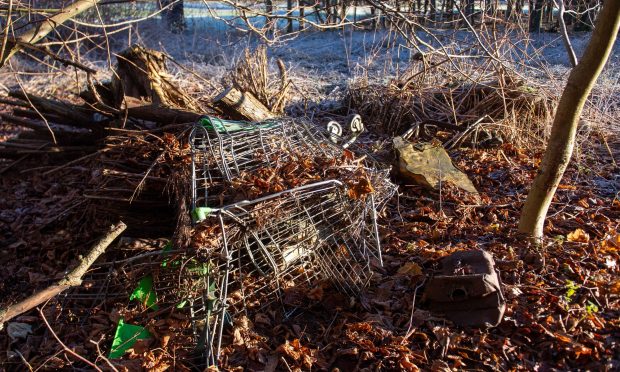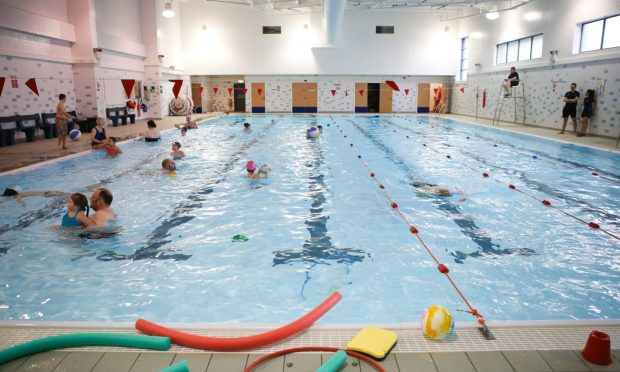Dundee has a higher rate of suicide than the rest of Tayside and Fife, a new publication has revealed.
Though Dundee has fewer recorded suicides than Fife, the city has suffered more people taking their own life per 100,000 of the population.
According to an in-depth study carried out by NHS Scotland, 127 people committed suicide in Dundee between 2009 and 2014.
Whilst 307 suicides were recorded in Fife during the same time-frame, Dundee’s final figure of 15.2 suicides per 100,000 people is higher than that of any other area in the region.
There were 91 suicides noted in Perth and Kinross and 84 in Angus during the same period.
NHS Tayside’s Director of Public Health Dr Drew Walker conceded there has been a “small increase” in people taking their own lives in Tayside.
He said: “The figures for Tayside for the five years up until 2014 have shown a small increase, but the relatively small numbers mean that it is not possible to describe that as a trend.
“Each suicide is a tragedy and the impact on those left behind lasts a lifetime. Anyone can become suicidal; the reasons can be different and very complex and it is not always due to mental illness.
“It is rarely possible to explain rising and falling trends in suicide with any confidence. However, we do know that mental health problems tend to increase in prevalence with increases in poverty and deprivation, and that can also be true of suicides.
“If people are feeling suicidal, the best thing to do is talk.”
There were 4,464 deaths by suicide in Scotland between 2009 and 2014.
Statistics show the number of suicides on a national scale have fallen for the fifth year in a row but that middle-aged men are still most likely to take their own life.
Official statistics showed there were 672 probable suicides registered in Scotland in 2015, down from 696 the previous year.
Almost three-quarters of cases (73%) were male, with 1,546 deaths among men aged between 35 and 54.
There were also 174 suicides by children and young people aged between five and 19 between 2009 and 2014.
Suicides were around three times more likely among those living in the most-deprived areas than those in better-off areas, with 1,376 deaths over the six-year period in the poorest communities compared to 488 in the least deprived areas.










